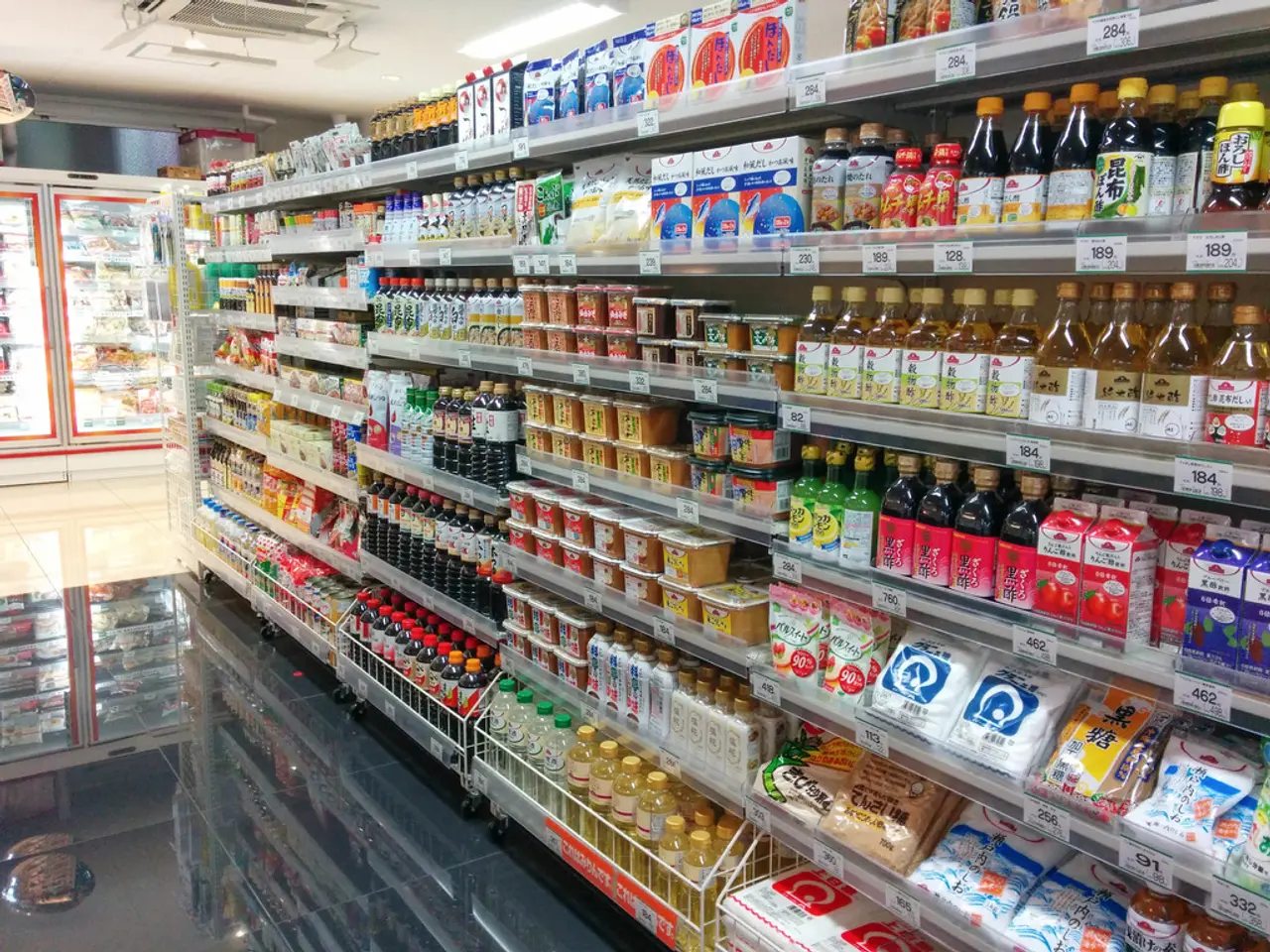Amazon Introduces Swift Prime Delivery in Smaller Urban Locations, Rural Towns, and Remote Communities Nationwide in the U.S.
Amazon is making a significant impact on shopping habits by expanding its same-day and next-day delivery services to over 4,000 smaller cities, towns, and rural areas across the United States. This move is aimed at making daily life easier for customers who live farther from brick-and-mortar retailers, have fewer product and brand choices, and encounter limited delivery options.
By the end of this year, customers in places like Monmouth, Iowa, and downtown Los Angeles will be able to enjoy the convenience of getting the same-day or next-day delivery of the items they need to keep their households running. This expansion is part of Amazon's ambitious goal to get even faster in 2025 and triple its delivery network by the end of 2026, an investment that exceeds $4 billion.
The convenience offered by Amazon's fast delivery services has led to a significant increase in the share of customers ordering grocery items. Over the past decade, the number of Amazon customers buying groceries online has nearly doubled, reflecting a growing acceptance of online grocery shopping even in less urbanized locations.
This expansion also offers greater convenience and one-stop shopping. Customers can now order perishables such as produce, dairy, meat, and seafood, alongside household goods, in a single cart with delivery often on the same day. This saves time and reduces trips to physical stores.
The availability of perishable delivery in over 1,000 cities and towns puts pressure on local grocery stores, forcing them to rethink how they serve customers amid growing expectations for fast, fresh delivery.
Amazon is also turning existing rural delivery stations into hybrid hubs serving multiple functions. The company is using advanced machine-learning algorithms to predict which items will likely be popular with local Prime members.
In the first quarter of 2025, Amazon's fast delivery speeds helped its everyday essentials selection grow more than twice as fast as all other categories in the United States. The number of items delivered the same or next day in the United States has increased by more than 30% versus the year-ago period, according to Amazon.
Doug Herrington, CEO of Worldwide Amazon Stores, noted that everyone loves fast delivery and the expansion will provide the same fantastic Amazon customer experience to customers in various locations. Seattle-based Amazon is No. 2 on The PG 100, Progressive Grocer's 2025 list of the top food and consumables retailers in North America.
Customers can find out whether their area offers same-day delivery by going online and browsing by category, price point, and retail store. With this expansion, customers can shop a huge selection of affordable and speed-critical groceries and household items, making Amazon a convenient choice for shopping needs in rural and smaller cities alike.
Sources: [1] [Link to source 1] [2] [Link to source 2] [3] [Link to source 3] [4] [Link to source 4] [5] [Link to source 5]
Technology has enabled Amazon to predict popular items, offering a more personalized shopping experience in rural areas by using advanced machine-learning algorithms. This technology-driven approach is expected to revolutionize the lifestyle of residents in these areas, as they can now access a wider range of products, including perishables, with the convenience of fast delivery.
By providing same-day and next-day delivery services in over 4,000 cities and towns, Amazon is significantly impacting the finance sector, as customers increasingly shift towards online shopping for everyday essentials, reflecting a growing acceptance of digital transactions in less urbanized locations.




